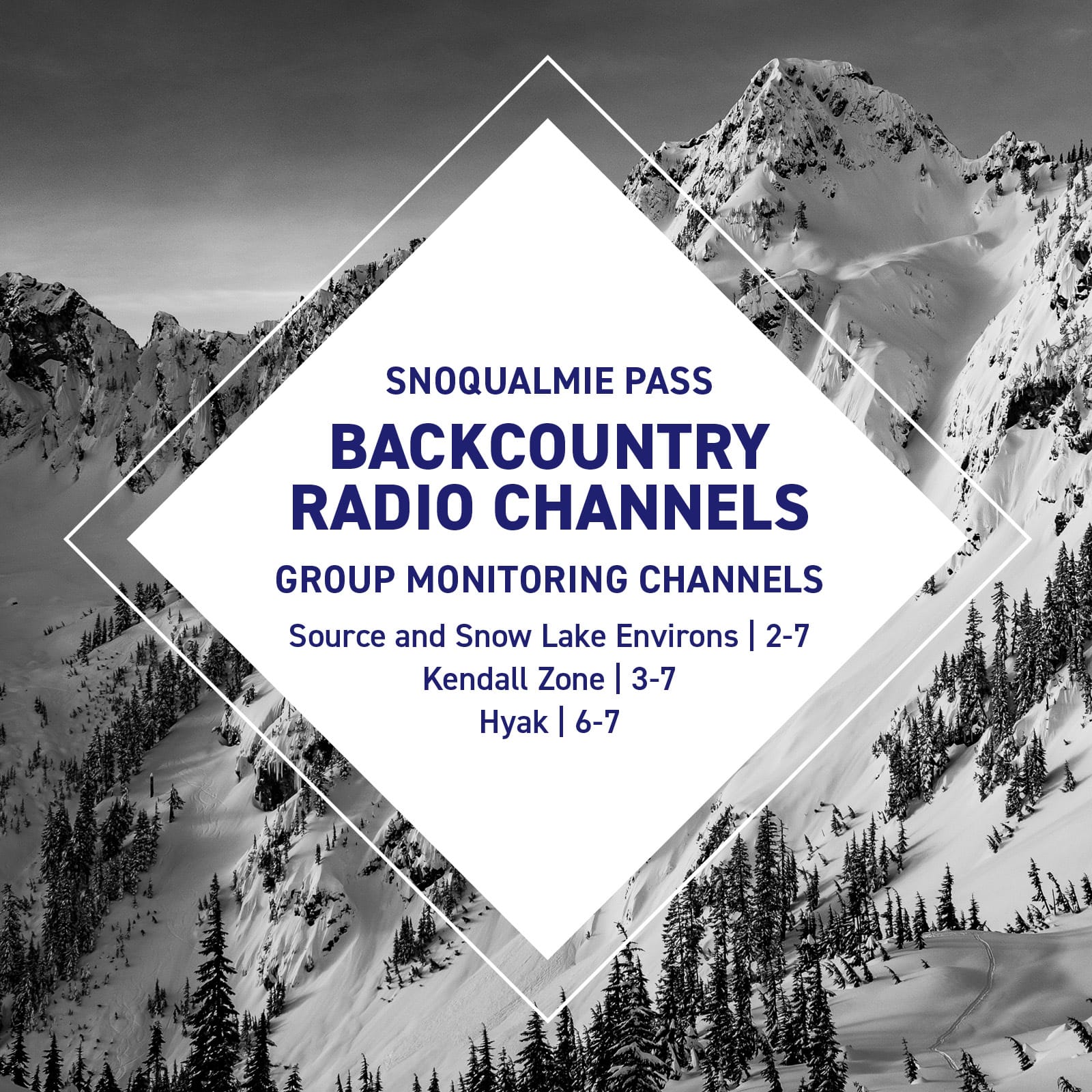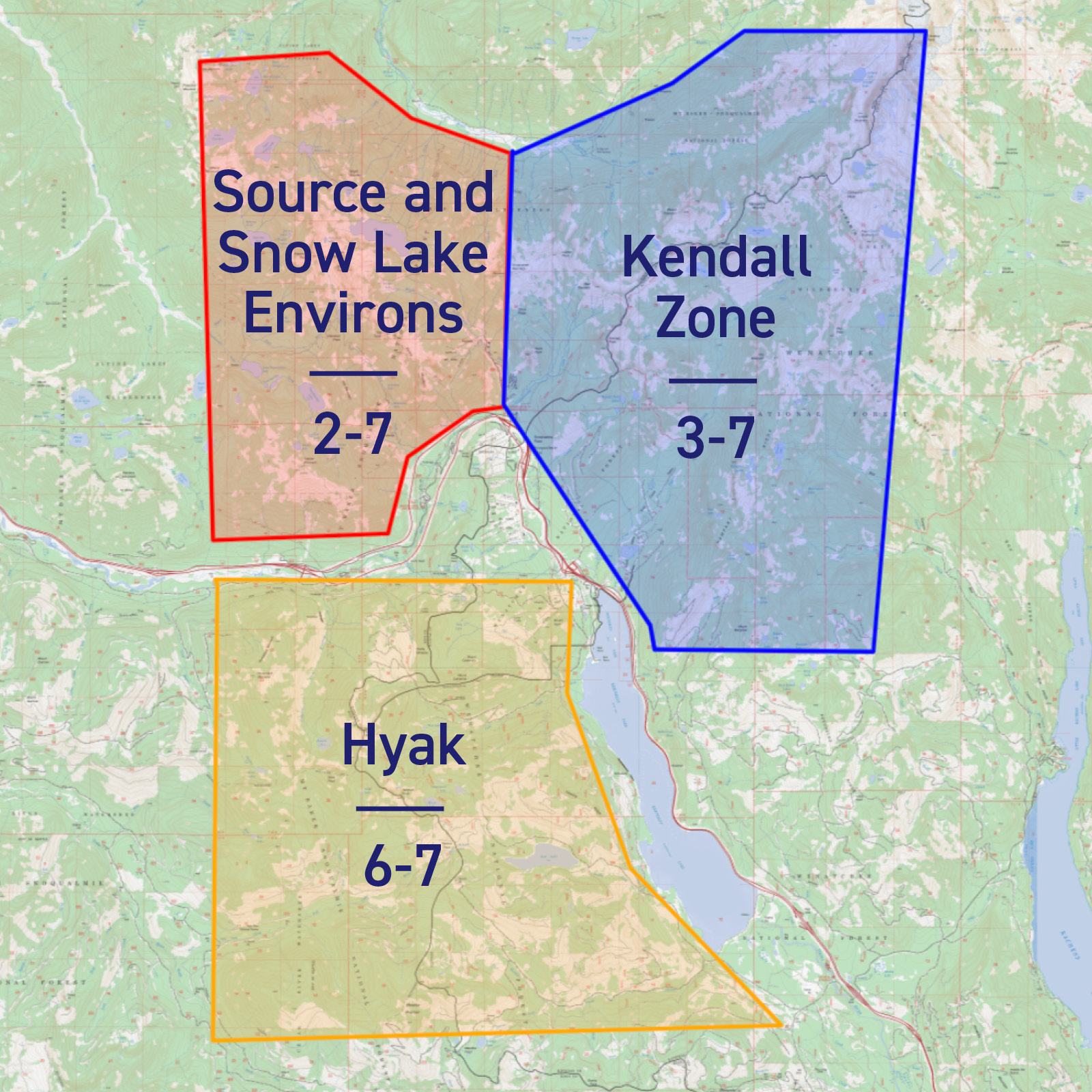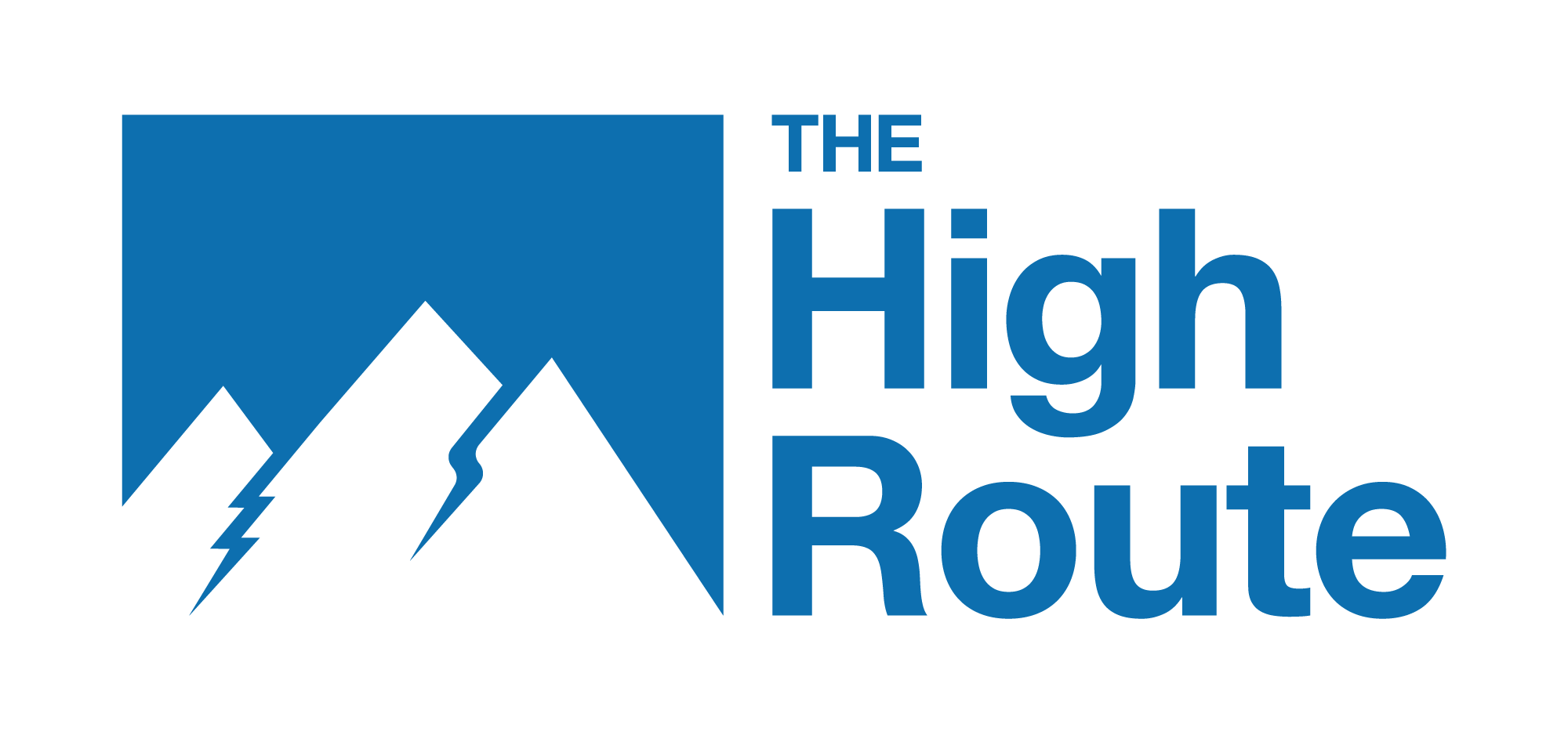In recent years, several communities have implemented voluntary group to group radio channels in high use zones. Here’s a rundown of three initiatives outside Salt Lake City, Telluride, and Snoqualmie Pass.
The anecdotal evidence is a mixed bag when determining radio use in the backcountry. Although negligible in weight and easy to use, intra-group radio comms are not ubiquitous. It follows that inter-group radio comms are rarer.
I come from a mindset where I like using a radio for comms, particularly when skiing treed terrain. I also understand that others, many of whom I ski with, choose not to carry radios.
Does a radio, if using clear and concise phrasing, help with non-face-to-face communication? I side with yes. Does it make you generally safer? I’d have to see some longitudinal data to side either way. But using radios within my group makes me feel safer, which may mean nothing at all.
If you read through enough avalanche accident reports, you will soon encounter an incident between two separate groups that may have been preventable had they been in communication. The obvious scenario is dropping into a couloir. Atop the couloir, you do a brief snow assessment, fuel up, and notice two fresh ski tracks from an earlier party. Is the group down and clear, or are they still navigating within the line’s confines? Without verbal or visual confirmation, it would be hard to know. Another scenario is dropping in while an adjacent party ascends an out-of-sight skin track. Value judgments aside, it is hard to argue that not having inter-group comms is the preferred context.
“Introducing advanced communication through the use of radios, and specifically a common radio channel in high-use avalanche prone areas, is a way to aid in efficient avalanche prevention, safety and rescue. Use of radios increases the orderliness of communication among group members, between groups, and between groups and safety professionals in high-use backcountry terrain.” – UTILIZING COMMON RADIO CHANNELS IN HIGH-USE AVALANCHE TERRAIN
In recent years, several communities in the U.S. have adopted group monitoring channels in high-traffic backcountry skiing zones. By most accounts, the initiative to designate agreed-upon radio channels for inter-group comms stems from a 2016 International Snow Science Workshop paper titled Utilizing Common Radio Channels in High-Use Avalanche Terrain. The paper, written by Matt Steen and Bruce Edgerly, discusses a 2014-2016 pilot program introducing common radio channels Telluride.
Since then, the program has become official and expanded. According to the Telluride Mountain Club (TMC), guidelines for channel use are to keep inter-group chatter off the designated channels and make them exclusive to intra-group dialogue.
TMC states, “These channels are intended for groups to monitor prior to dropping in on terrain, while in terrain and if groups come across hazards, avalanches, incidents, etc. while in the terrain. These radio channels are not to be used in the case of an emergency. Please call 911 directly if you need rescue.
“If your group is intending to chat a lot about snow conditions, safety locations, etc., please use an alternative channel and report back to the group channels when appropriate.”
Other out-of-state high-use backcountry ski zones have followed suit. The Utah Avalanche Center has designated channels for Little Cottonwood Canyon (LCC), Big Cottonwood Canyon, and the Park City Ridgeline zone. As these three zones are adjacent, LCC shares a border with BCC, while BCC adjoins the Park City zone; the project asks users to have some spatial awareness and know which local highway they have ascended from and are descending towards.
The channels are associated with highway numbers, and in some instances, users might cross a ridge and descend towards an alternate highway – in other words, into a new zone using a different common radio channel. Know when to switch channels.
Snoqualmie Pass, about an hour outside Seattle and its burbs, has a community initiative to support common group-to-group channels. The Snoqualmie Pass area is broken into three discrete zones, each with a unique channel to monitor and communicate on.


NWAC designated radio channel Zones: Snoqualmie Pass.
As touched upon, each common channel project urges users to minimize non-essential banter on designated common channels and choose an unaffiliated channel for intra-group comms. And if you pass another party or greet them in the dance of headlamps at the trailhead, be kind and tell them your plan for the day. Hopefully they’ll reciprocate.
Copy that?
…
Over


